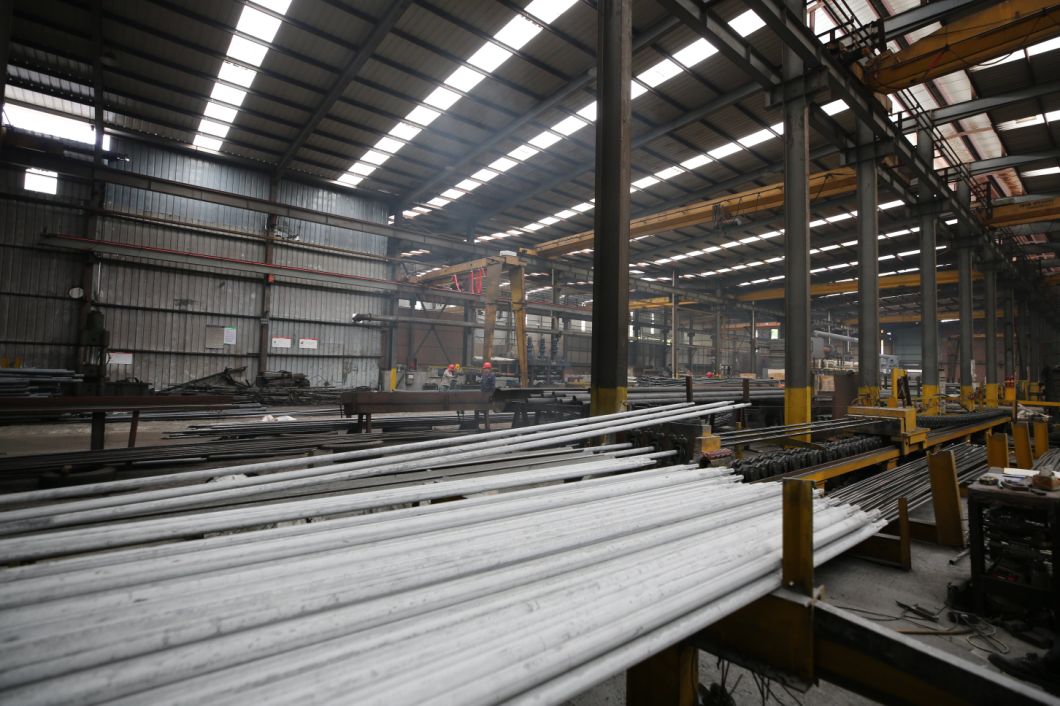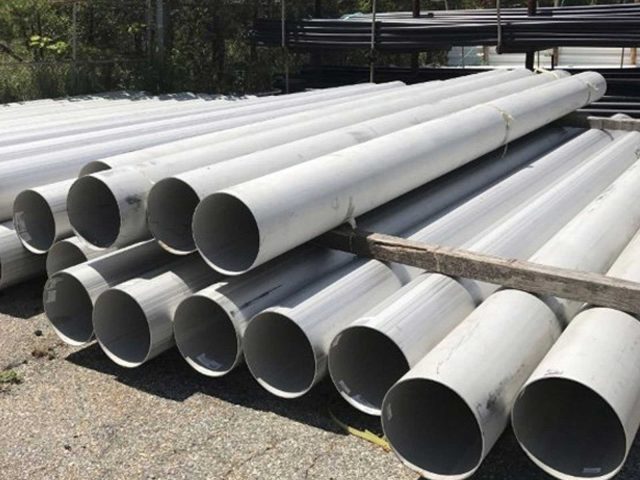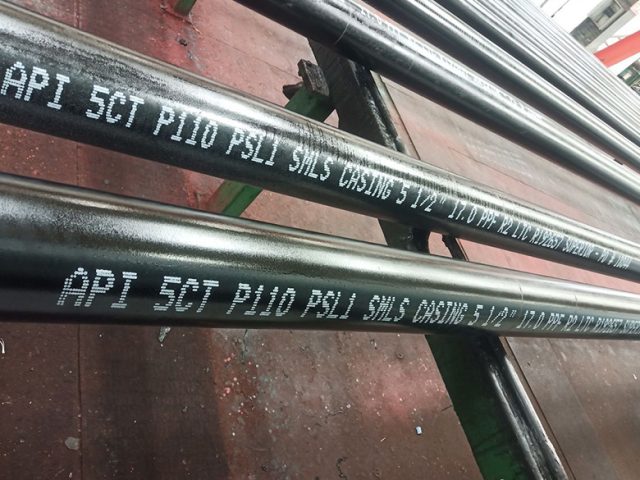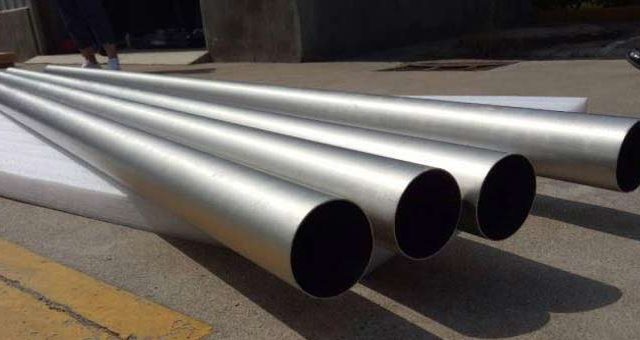Connecting Stainless Steel Pipe to Carbon Steel Pipe Fittings
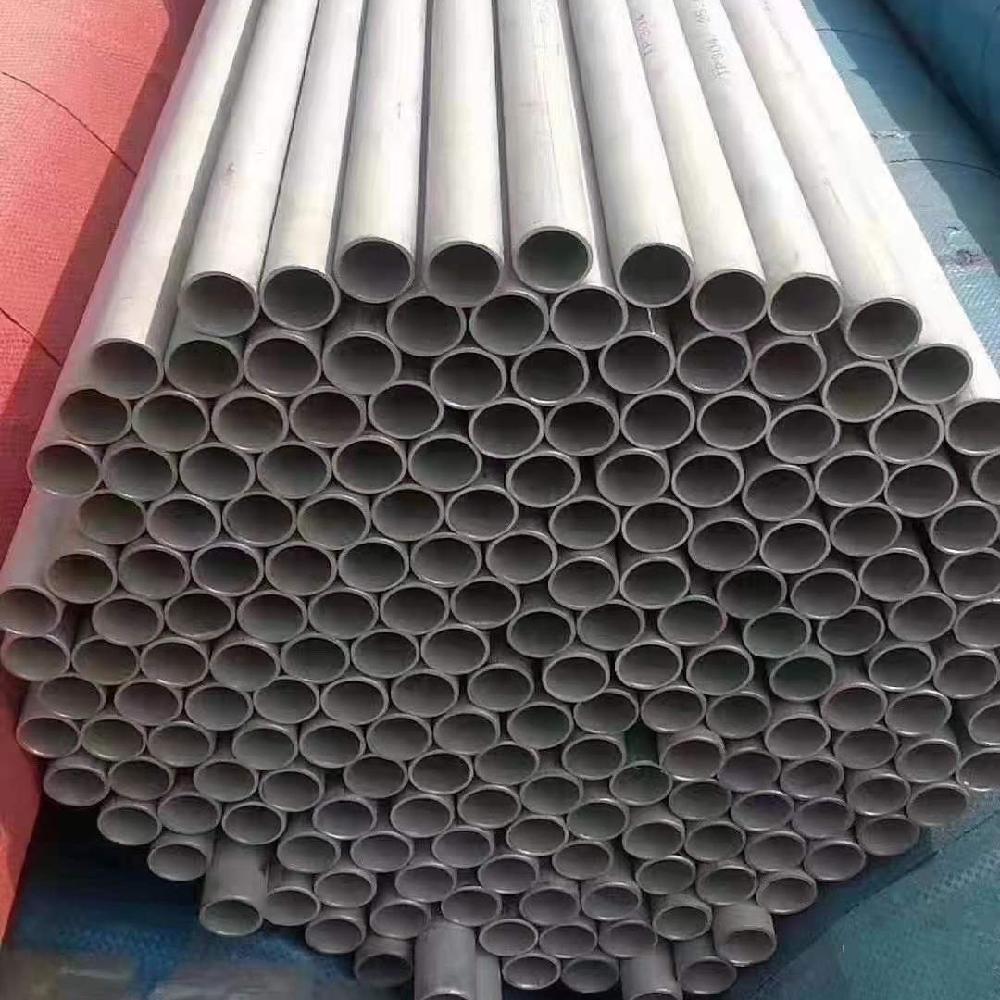
I. Understanding Stainless Steel and Carbon Steel
Before we delve into the intricacies of connecting these two materials, it is necessary to understand their unique properties.
Stainless Steel: Stainless steel is an alloy of iron with a minimum of 10.5% chromium. Chromium forms a passive film of chromium oxide that prevents further surface corrosion and blocks corrosion from spreading into the metal’s internal structure. Stainless steel is known for its resistance to corrosion and staining. It comes in various grades that can withstand different levels of temperature and pressure.
Carbon Steel: Carbon steel is a steel with carbon content up to 2.1% by weight. The definition of carbon steel from the American Iron and Steel Institute (AISI) states that no minimum content is specified or required for chromium, cobalt, molybdenum, nickel, niobium, titanium, tungsten, vanadium, zirconium, or any other element. Carbon steel is often used for its tensile strength and hardness but is prone to corrosion.
II. The Challenges of Joining Stainless Steel and Carbon Steel
The primary challenge of joining stainless steel and carbon steel lies in their different properties, particularly their difference in corrosion resistance.
Carbon steel is prone to galvanic corrosion when it comes into contact with stainless steel. In a galvanic couple, the metal with the higher electrochemical potential (in this case, stainless steel) will remain protected, while the metal with the lower potential (carbon steel) will corrode. This corrosion can lead to the failure of the connection over time, increasing maintenance costs and potentially causing system damage.
Another challenge in connecting these two metals is their different coefficients of thermal expansion. When heated, stainless steel expands more than carbon steel. This difference can cause additional stress on the joint, leading to potential failure when exposed to extreme or fluctuating temperatures.
III. Overcoming the Challenges
| Name | Industry stainless steel pipe use for water project |
| Standard | ASTM, GB, JIS, DIN, EN, AISI |
| Material Grade | TP304 TP304L TP316 TP316L TP347 TP347H TP321 TP321H TP310 TP310S |
| TP410 TP410S TP403 | |
| S31803/S32205 S32750 S32760 | |
| Outer Diameter | Seamless Pipe: 4mm-812.80mm |
| Welded Pipe: single slit(Φ8mm-Φ630mm); girth(Φ630mm-Φ3000mm), | |
| Thickness | Seamless Pipe: 0.5mm – 60mm |
| Welded Pipe: single slit(0.5mm-25mm);girth(3mm-45mm) | |
| Length | 5.8-6.1 m or as customers’ request |
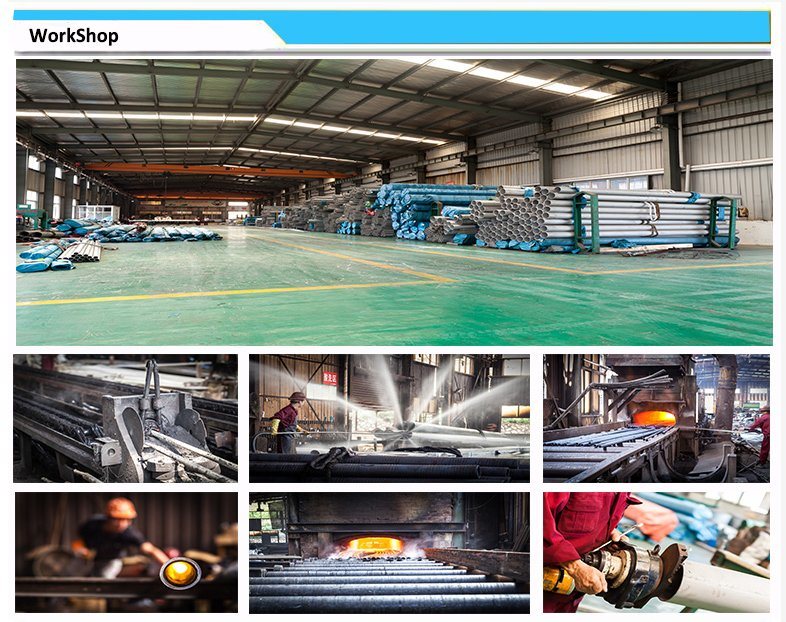
Packaging & Shipping
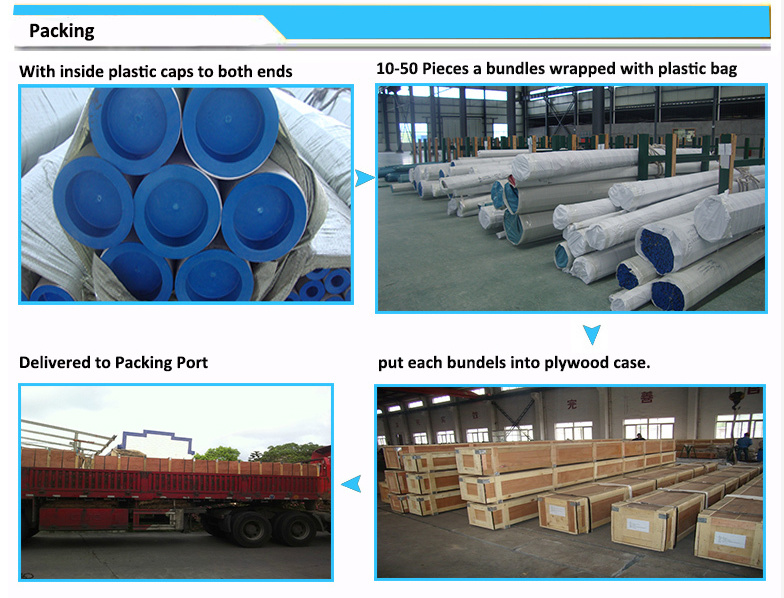
A. Isolation
One of the most effective ways to prevent galvanic corrosion is to isolate the two metals from each other. This can be accomplished using non-conductive materials or coatings that prevent the metals from physically touching.
Non-conductive Materials: One common method of isolating the metals is to use a non-conductive gasket or washer between the stainless steel and carbon steel. This gasket prevents direct contact, thus preventing the flow of electrons that cause galvanic corrosion.
Coatings: Another method of isolation is using coatings. Coatings such as paint, epoxy, zinc-rich primer, or other protective layers can be applied to the carbon steel to prevent contact with the stainless steel. These coatings act as a barrier, preventing the two metals from touching, thus mitigating the risk of galvanic corrosion.
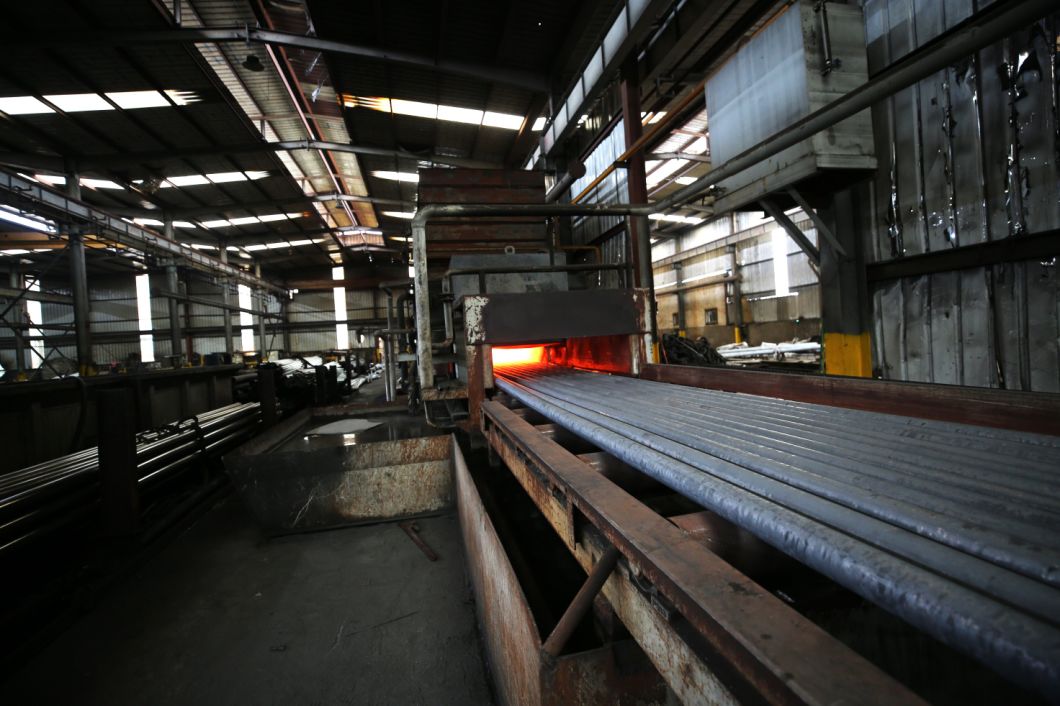
B. Selection of Appropriate Fittings
Selecting the appropriate fitting is crucial when connecting stainless steel pipes to carbon steel pipe fittings.
Threaded Fittings: Threaded fittings are commonly used because they are easy to install and can be used with a variety of pipe materials. However, due to the difference in hardness between stainless steel and carbon steel, galling can occur when threading stainless steel pipe into carbon steel fittings. To prevent this, it is recommended to use anti-seize compounds or tape during assembly.
Welded Fittings: When welding stainless steel to carbon steel, a filler material that is compatible with both metals should be used. Often, an austenitic stainless steel filler material is used. Pre- and post-weld heat treatment may also be necessary to prevent the formation of brittle phases or thermal stresses.
Flanged Fittings: Flanged fittings are another common choice. When using flanged fittings, a full-face or ring-type gasket is used to prevent metal-to-metal contact, thus preventing galvanic corrosion.
C. Cathodic Protection
Cathodic protection is a technique used to control the corrosion of a metal surface by making it the cathode of an electrochemical cell. This can be achieved by connecting the carbon steel to a more easily corroded “sacrificial metal” to act as the anode. The sacrificial metal then corrodes instead of the protected metal (the carbon steel).
IV. Conclusion
Connecting stainless steel pipes to carbon steel pipe fittings can be challenging due to the differences in their properties, particularly their resistance to corrosion and their coefficients of thermal expansion. However, with careful selection of fittings and the use of isolation methods or cathodic protection, it is possible to successfully join these two types of metal. It is crucial to consider the implications of connecting these materials, the operating conditions, and the potential costs of maintenance or failure. It is recommended toconsult with a materials or corrosion engineer to ensure the correct methods and materials are used for your specific application.
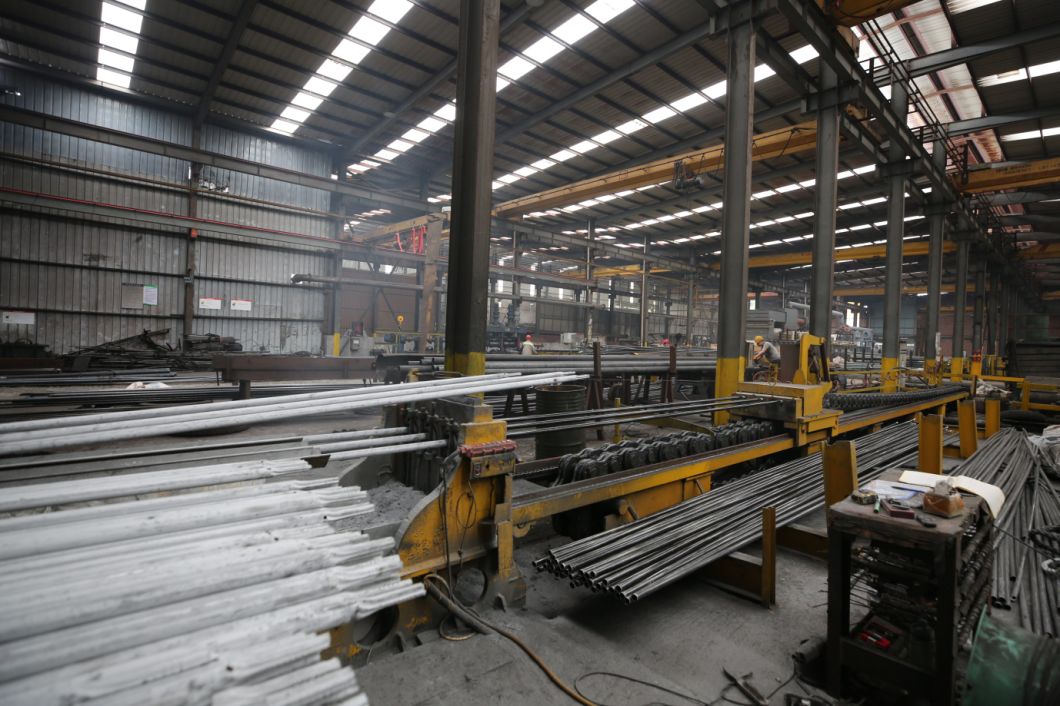
V. Further Considerations
While this article provides an overview of connecting stainless steel pipe to carbon steel pipe fittings, the specifics can vary greatly depending on the exact grades of stainless steel and carbon steel being used, the environmental conditions the system will be exposed to, the temperatures the system will operate at, and various other factors.
For example, different grades of stainless steel can have significantly different properties, and the same is true for different grades of carbon steel. These differences can impact the factors discussed in this article, such as the rate of galvanic corrosion and the differences in thermal expansion.
The environmental conditions can also have a significant impact. For example, a system that is exposed to a marine environment will be at a much higher risk of galvanic corrosion due to the presence of saltwater. Similarly, a system that operates at high temperatures will be more significantly impacted by the differences in thermal expansion between stainless steel and carbon steel.
VI. Case Studies
A. Oil and Gas Industry
In the oil and gas industry, stainless steel pipes are often used for their corrosion resistance. However, due to cost considerations, carbon steel pipe fittings are often used. In these cases, the connection is typically made using flanged fittings with a non-conductive gasket to prevent galvanic corrosion.
B. Chemical Processing Industry
In the chemical processing industry, stainless steel and carbon steel are often joined using welded fittings. In these cases, a filler material compatible with both metals is used, and pre- and post-weld heat treatment may be necessary to prevent the formation of brittle phases or thermal stresses.
C. Residential Plumbing
In residential plumbing applications, stainless steel pipes may be connected to carbon steel pipe fittings using threaded fittings. In these cases, anti-seize compounds or tape are used to prevent galling during assembly.
VII. Conclusion
While connecting stainless steel pipe to carbon steel pipe fittings can be complex due to the differences in material properties, it is by no means impossible. By understanding the challenges and how to overcome them, these materials can be successfully joined for a wide range of applications. However, due to the potential for corrosion and other issues, it is crucial that these connections be properly designed, installed, and maintained.
Understanding the process and challenges involved in connecting stainless steel pipes to carbon steel pipe fittings enables better decision-making during design and installation. While the task may seem daunting, with the right knowledge and approach, it is certainly feasible. Remember, the most important considerations are the material properties, environmental conditions, and the specific application.
